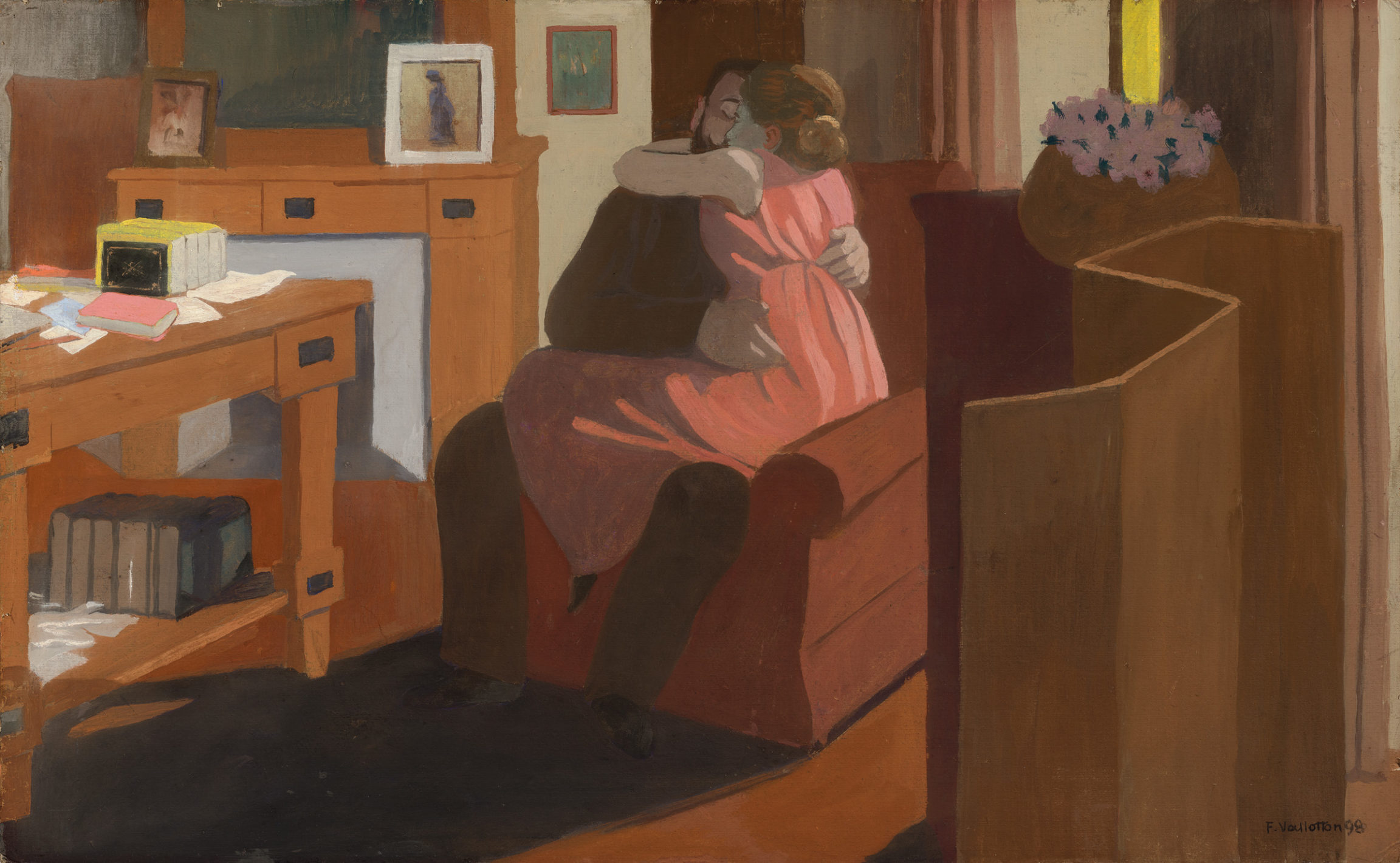
Félix Vallotton. The centenary show
The Musée cantonal des Beaux-Arts of Lausanne (MCBA) conserves the largest collection of works by Félix Vallotton (1865-1925) whilst the Félix Vallotton Foundation is a documentation and research centre devoted to his life and work. These two institutions, both part of the Plateforme 10 arts neighbourhood, are mounting an important retrospective to mark in the artist’s native city of Lausanne the centenary of his death.
The retrospective will bring together some 200 of the most important works by Vallotton in public and private collections, both in Switzerland and throughout Europe.
The time for discovering Félix Vallotton is long past. Rather the public is invited to a new and unexpected approach to the artist’s work, one that draws on recent research carried out in Lausanne.
The first part of the show highlights Vallotton’s singular effort to make a name for himself on the Parisian art scene during the last two decades of the 19th century, a time that proved wonderfully prolific for the artist. A mere 16 years old when he arrived in the French capital, the young Swiss displayed an all-out creative energy in artistic, literary, and newspaper circles. Paintings, woodblock prints, book illustrations, and drawings for the press formed the precise working parts of a coherent strategy from the point of view of positioning himself aesthetically and politically whilst carving out a niche in the art market.
In the 1890s, Vallotton joined the Nabis and established himself in the milieu of the artists, critics and collectors associated with La Revue blanche. His illustrations and satirical drawings for several contemporary politically committed newspapers meant that he and his point of view were heard in the great debates roiling society at the time. While his practice was in line with a flourishing art scene, his singularity is striking and reveals a fierce need for independence. An aloof and critical observer, he stands apart from his contemporaries thanks to his keen eye, satirical wit, incisive style, and stingingly harsh dissonant colours.
The second part of the show is devoted to the revolution that upended Vallotton’s life and work at the turn of the 20th century. Acquired with no little effort on his part, recognition of his talent was reinforced through the financial security provided by his marriage to Gabrielle Rodrigues-Henriques, the daughter of the art dealer Alexandre Bernheim. The artist now turned away from the unrest of modern life and slipped into the melancholy that was characteristic of his temperament. He abandoned engraving and illustration almost entirely to devote himself solely to painting, with every ounce of his being and in complete freedom. Nevertheless he remained a significant presence on the contemporary art scene, where his appearances at Salon gatherings were always anticipated.
Reviving the dialogue with the great tradition of art he had begun in his early youth, Vallotton now confronted the legacy of his illustrious predecessors, Holbein for portraiture, Ingres and Manet for the nude, and Poussin for landscape painting. It was this period that gave birth to the landscapes, portraits, nudes, and mythological subjects that form Vallotton’s decisive contribution to modernity, as the present show makes wonderfully clear.
Curators:
Catherine Lepdor, chief curator, MCBA, Musée cantonal des Beaux-Arts of Lausanne
Katia Poletti, curator of the Félix Vallotton Foundation, Lausanne
Publication:
For the present show, MCBA is publishing a richly illustrated catalogue with reproductions of the some 200 works on display, featuring essays by Dario Gamboni, Choghakate Kazarian, Catherine Lepdor, Daniele Maggetti, and Katia Poletti
Félix Vallotton, "Cinq heures", 1898. Tempera on board, 35.6 x 58.2 cm. Private collection
Related show
Félix Vallotton. L’ingénieux laboratoire
Espace Focus
L’ingénieux laboratoire (The Ingenious Laboratory) is a small-format show that examines the artist’s work by going back over the steps involved in realising a piece in a range of mediums, from illustration and printmaking to painting and writing.
Curators:
Catherine Lepdor, chief curator, MCBA
Katia Poletti, curator of the Félix Vallotton Foundation, Lausanne
With the assistance of Stéphane Pétermann, head of research at the Centre des littératures en Suisse romande (UNIL), the centre for research in the literature of French-speaking Switzerland